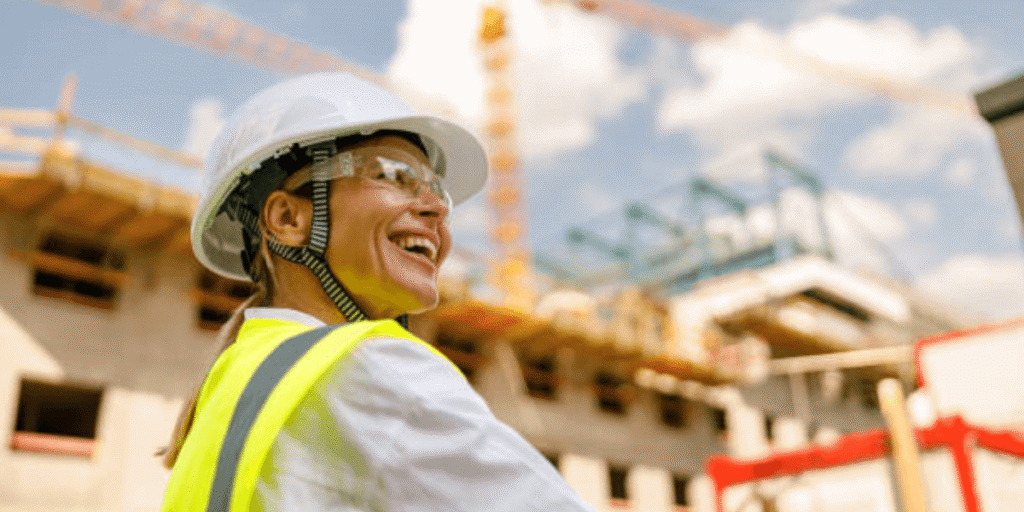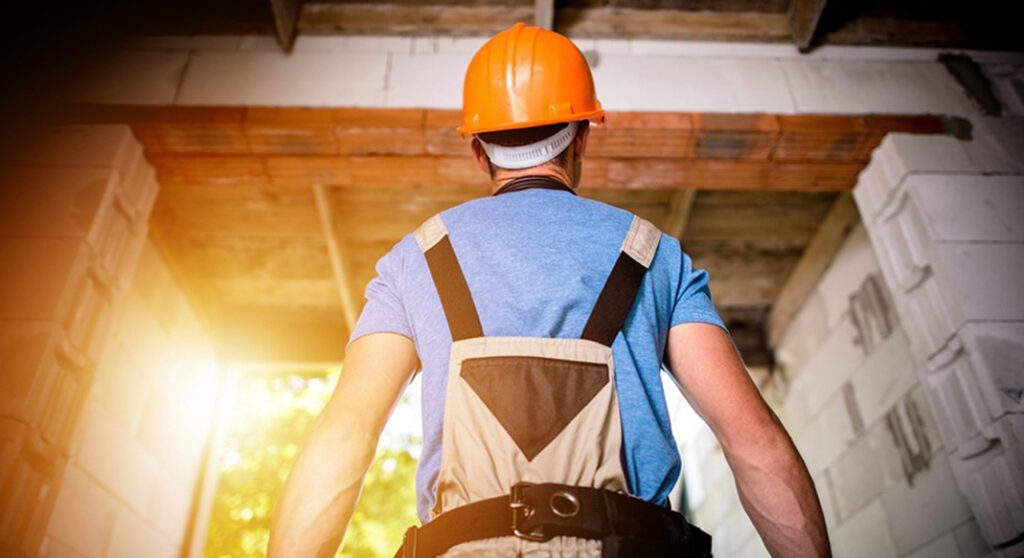Renovating historic properties and landmarks is a complex yet rewarding endeavor that requires a delicate balance between preserving the building’s historical integrity and integrating modern amenities. Innovative renovation solutions are crucial for maintaining these cultural treasures while ensuring they meet contemporary standards and remain functional for future generations.
Understanding the Unique Challenges
Historic properties and landmarks present unique challenges distinct from modern buildings:
- Regulatory Compliance: Historic properties are often subject to stringent regulations and guidelines to preserve their architectural and historical significance. Navigating these regulations requires careful planning and expertise.
- Structural Integrity: Historic buildings may suffer from structural wear and tear over time. Addressing these issues without compromising the building’s historical elements is crucial.
- Modernization: Integrating modern amenities such as HVAC systems, electrical wiring, and plumbing without detracting from the building’s historical character can be challenging.
- Material Conservation: Using appropriate materials and techniques to repair and restore historical elements is essential to maintaining the property’s authenticity.
Innovative Solutions for Historic Renovations
Advanced Structural Solutions
Ensuring structural stability is a primary concern when renovating historic properties. Modern engineering techniques, such as seismic retrofitting and advanced foundation repair, can strengthen the building’s structure without altering its appearance. These techniques often involve using non-invasive methods and materials that blend seamlessly with the original construction.
Smart Building Technologies
Integrating smart building technologies into historic properties can significantly enhance their functionality and energy efficiency. Smart thermostats, lighting systems, and security features can be installed in a way that respects the building’s aesthetics. These technologies can also be programmed to operate within the constraints of the property’s historical framework, ensuring minimal impact on its integrity.
Sustainable Practices
Sustainability is a key consideration in modern renovations. For historic properties, this involves using eco-friendly materials and techniques that align with conservation principles. Examples include:
- Reclaimed Materials: Using reclaimed wood, bricks, and other materials that match the property’s original components.
- Energy-Efficient Systems: Installing energy-efficient HVAC systems and insulation that reduce energy consumption while maintaining historical aesthetics.
- Water Conservation: Implementing water-saving fixtures and systems that do not compromise the building’s historical value.
Preservation Technologies
Innovative preservation technologies are essential for maintaining the historical elements of a property. Techniques such as laser scanning and 3D modeling allow for precise documentation and analysis of the building’s features. These technologies facilitate accurate restoration and replication of architectural details, ensuring that renovations remain true to the original design.
Adaptive Reuse
Adaptive reuse is an innovative approach that repurposes historic buildings for new uses while preserving their historical character. This can involve converting an old factory into loft apartments or transforming a historic mansion into a boutique hotel. Adaptive reuse not only preserves the building’s heritage but also gives it a new lease on life, making it relevant and functional.
Key Considerations for Successful Renovations

Collaborative Planning
Successful renovations of historic properties require collaborative planning between architects, engineers, conservationists, and contractors. Engaging all stakeholders early in the process ensures that all aspects of the renovation are considered and that the project adheres to historical preservation standards.
Custom Solutions
Each historic property is unique, requiring custom solutions tailored to its specific needs and characteristics. Whether it’s a specific architectural detail that needs to be preserved or a modern system that needs to be integrated without disrupting the historical fabric, custom solutions are vital for successful renovations.
Detailed Documentation
Detailed documentation of the property’s original condition is essential before starting any renovation work. This includes photographic records, architectural drawings, and written descriptions of significant features. This documentation serves as a reference throughout the renovation process, ensuring that historical elements are accurately preserved.
Skilled Craftsmanship
Skilled craftsmanship is crucial for maintaining the authenticity of historic properties. Working with artisans who specialize in traditional building techniques and materials ensures that renovations are carried out with the highest level of detail and respect for the property’s history.
Conclusion
Renovating historic properties and landmarks requires innovative solutions that respect the past while embracing the future. Advanced structural techniques, smart building technologies, sustainable practices, preservation technologies, and adaptive reuse are key strategies that ensure the successful preservation and modernization of these cultural treasures.
For property owners and managers, partnering with a specialized renovation contractor can provide the expertise and resources needed to navigate these complex projects. If you are seeking to enhance and preserve a historic property, consider working with a multifamily renovation contractor like Urban Complex GC. Our expertise can help you achieve a balance between historical integrity and modern functionality, ensuring that these architectural gems remain vibrant and relevant for generations to come.



